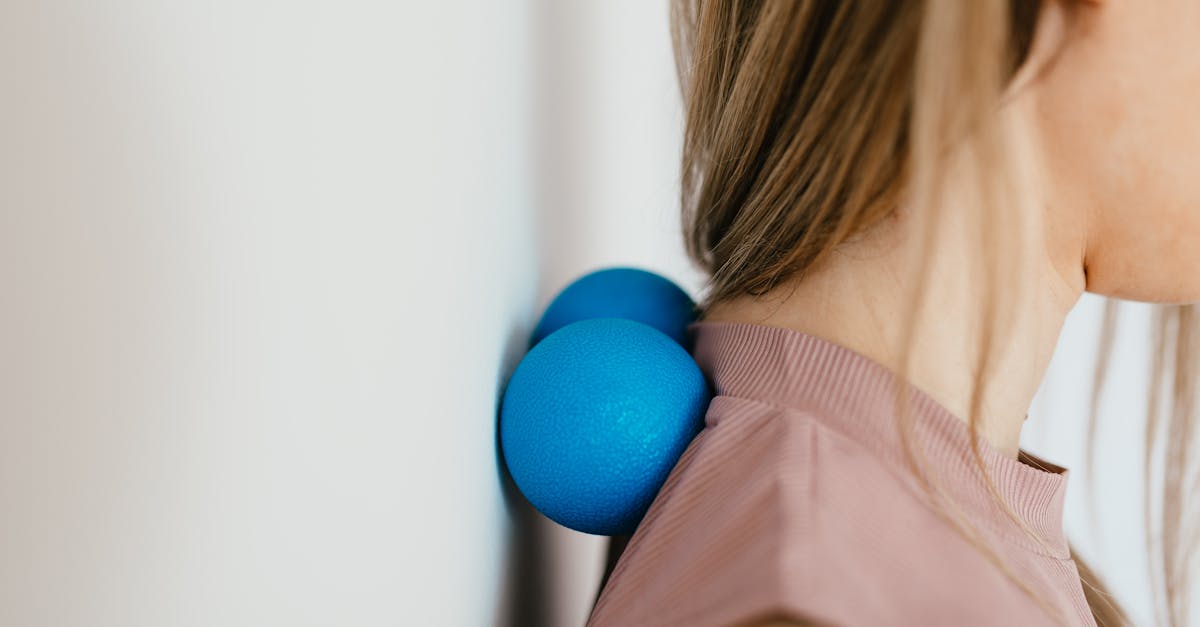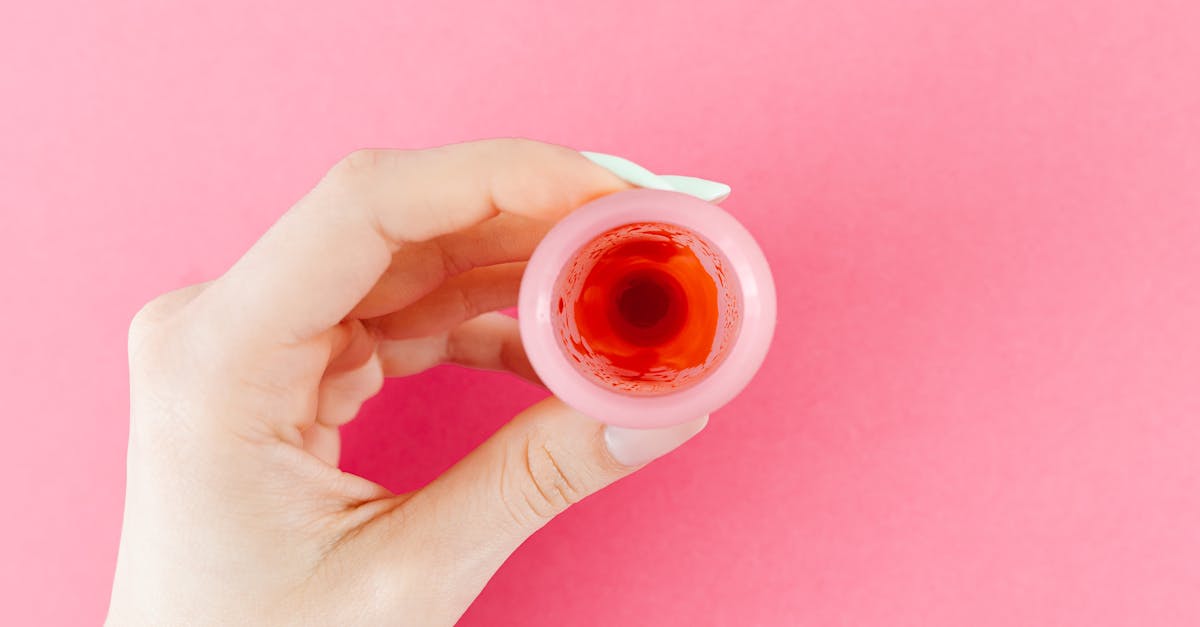Frontal headaches can be debilitating, affecting our daily lives and productivity. While there are numerous approaches to managing headaches, it’s crucial to explore holistic methods that address the root causes rather than merely alleviating symptoms.
Headaches are a prevalent issue, with a high incidence rate. According to the American Council for Headache Education (ACHE), approximately 90% of men and 95% of women experienced at least one headache in the past year. Additionally, ACHE reports that 90% of these cases are categorized as primary headaches, such as migraines, tension-type, or cluster headaches, while the remaining 10% are secondary headaches arising from other medical conditions, including infections
In this blog, we will delve into the top 10 effective methods for alleviating frontal headaches, emphasizing the potential benefits of Pulse Align and the importance of a holistic approach.
Understanding Frontal Headaches
Before delving into alleviation methods, it’s crucial to understand what frontal headaches are and their potential causes. Frontal headaches are characterized by pain or discomfort in the forehead region and can be triggered by various factors, including stress, tension, eye strain, dehydration, or sinus issues.
Lifestyle Changes and Frontal Headaches
One of the primary steps in alleviating frontal headaches is making lifestyle adjustments. Stress management, regular exercise, and a well-balanced diet play pivotal roles in promoting overall well-being. Incorporating relaxation techniques such as meditation or yoga can significantly reduce tension, a common trigger for frontal headaches.
Hydration
Dehydration is a common culprit for headaches, including frontal ones. Ensuring adequate hydration helps maintain optimal brain function and reduces the risk of headaches. Make it a habit to drink enough water throughout the day and limit the consumption of dehydrating beverages like caffeinated drinks and alcohol.
Proper Sleep Hygiene
Inadequate or poor-quality sleep can contribute to headaches. Establishing a consistent sleep schedule, creating a comfortable sleep environment, and minimizing screen time before bedtime are essential steps for improving sleep hygiene and reducing the frequency of frontal headaches.
Eye Care and Vision Health
Eye strain is a common cause of frontal headaches, especially in the digital age. Regular eye check-ups, proper lighting, and the 20-20-20 rule (looking at something 20 feet away for 20 seconds every 20 minutes) can help alleviate eye strain and subsequently reduce the occurrence of headaches.
Posture Improvement
Maintaining good posture is crucial for preventing tension headaches, including frontal ones. Poor posture, especially during prolonged periods of sitting, can strain neck and shoulder muscles, leading to headaches. Ergonomic adjustments to workstations and regular breaks to stretch can aid in maintaining proper posture.
Stress Reduction Techniques
Stress is a major trigger for frontal headaches. Incorporating stress reduction techniques like deep breathing exercises, progressive muscle relaxation, or mindfulness meditation can help manage stress levels and alleviate associated headaches. These techniques contribute to an overall sense of well-being.
Herbal Supplements and Natural Remedies
Certain herbal supplements and natural remedies have shown promise in alleviating headaches. Incorporating ingredients such as feverfew, butterbur, or peppermint oil may provide relief. However, it’s essential to consult with a healthcare professional before using any supplements, as they may interact with other medications.
Pulse Align and Holistic Frontal Headaches Management
Pulse Align is an innovative approach that focuses on addressing the root causes of health issues, including headaches. By utilizing cutting-edge technology, Pulse Align aims to restore normal function to the body, promoting overall well-being. While it is essential to note that complete healing cannot be guaranteed, many individuals report improvements in their symptoms through a natural return to well-being.
Pulse Align uses a holistic approach, recognizing that symptoms like frontal headaches are often interconnected with broader health issues. By addressing these root causes, Pulse Align aims to offer long-term relief rather than temporary fixes. It’s important to approach the use of Pulse Align as part of a comprehensive wellness strategy that includes lifestyle changes and other proven methods.
Potential Benefits of Pulse Align
Pulse Align’s approach to headache management involves non-invasive techniques that aim to rebalance the body’s natural energy flow. While individual responses may vary, some users report a reduction in the frequency and intensity of frontal headaches. It’s important to note that these benefits are part of a holistic approach and not solely attributed to the Pulse Align care system.
Addressing Root Causes
Press Align places a strong emphasis on identifying and addressing the root causes of health issues. Rather than masking symptoms, this approach seeks to restore the body’s natural balance, fostering an environment conducive to well-being. While frontal headaches may be a prominent symptom, Pulse Align considers the interconnected nature of health, working towards comprehensive solutions.
Conclusion
Alleviating frontal headaches requires a comprehensive and holistic approach that addresses underlying causes rather than merely masking symptoms. Lifestyle changes, proper hydration, and stress reduction techniques are foundational in headache management. Pulse Align, with its focus on root causes and restoring normal function, presents a promising addition to holistic headache management.
It’s important to approach the use of Pulse Align as part of a broader strategy that includes lifestyle modifications and evidence-based practices. While complete healing cannot be guaranteed, many individuals have reported improvements in their well-being through a natural return to normal function. Consider exploring Pulse Align and embracing lifestyle changes for a holistic journey toward improved well-being and reduced frontal headaches.
References Seiden, A. M. (2005). Frontal headache. In The frontal sinus (pp. 115-126). Berlin, Heidelberg: Springer Berlin Heidelberg.https://link.springer.com/chapter/10.1007/3-540-27607-6_14
As the visionary CEO of Pulse Align, François is dedicated to transforming the landscape of pain management and posture health. With a deep-rooted passion for innovation and a commitment to excellence, François leads the team in developing cutting-edge solutions that empower individuals to live healthier, pain-free lives. Under his leadership, Pulse Align has become a beacon of hope and support for those navigating postural-related issues and chronic pain. François brings a wealth of experience in neuromodulation and patient management technologies, combining strategic insight with a compassionate approach to address the unique challenges faced by each individual.




